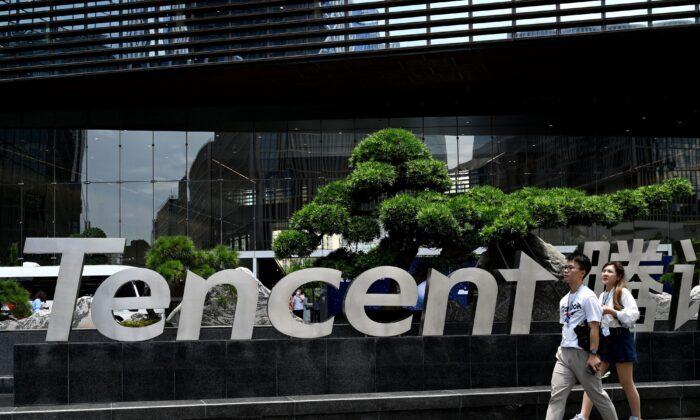Industrial companies employ 10 percent of the city’s private workforce, but high residential land prices threaten industrial buildings and thus these jobs.
To protect manufacturing use, City Hall is proposing new zoning to create special-use districts. On Wednesday, City Council released a report examining ways to grow the industrial sector through zoning and other methods.
Some of the zoning proposals include increasing density in manufacturing-zoned areas, the creation of a “creative economy district,” and using zoning to create real mixed-use areas.
Many in real estate and planning say mixed-use is practically a myth, because when residential and commerical uses are allowed in an area previously restricted to industrial use, the higher-profit residential buildings take over.
There is currently mixed-use zoning, which allows for non-manufacturing uses in manufacturing districts. But what it has done is encourage commercial uses that generate fewer jobs, the report found. It allows uses like hotels, big box stores, and self-storage units in industrial zones.
According to the most recently available city data, the report states, only 21 percent of the land in areas under manufacturing zoning are actually used for manufacturing and industrial use.
The report acknowledges the mixed-use challenge and recommended more stringent requirements, special permits for certain uses, and using non-zoning efforts like workforce development programs to control use in manufacturing zones.
It also points out that some industrial use definitions are archaic, with items like “overly burdensome parking requirements.”
The report also suggests mimicking the models of successful industrial spaces like the Brooklyn Navy Yard. The spaces are managed by mission-driven owners, and the report recommends looking into incentives for giving industrial space to these types of owners.
Growth
About three decades ago manufacturing jobs left the city in bulk, but in the past year there was been a movement to revive the sector.
These jobs provide a path toward the middle class, advocates say, because there is much higher pay compared to other sectors with similarly low barriers to entry.
The average salary in manufacturing, wholesale trade, utilities, and transportation/warehousing is $51,000, nearly double that of retail, hospitality, and restaurant sectors.
But there has been little support of the industry from City Hall during the past administration. While former Mayor Michael Bloomberg created Industrial Business Zones (manufacturing-zoned areas the city promised not to rezone), he did little else, critics have said.
“Unfortunately our regulations haven’t done enough to support these companies and workers,” Speaker Melissa Mark-Viverito said in the report, prefacing key goals to revive the industry.
The new, progressive City Council has voiced strong support for reviving manufacturing. Earlier this year it examined a proposal to revive an office at City Hall to address the industry’s needs, and has invested millions in existing industrial business zones.
Since 2010, the industry has shown signs of recovery. The growth of tech in the city has meshed well with manufacturing, and advocates see the sector as an economic driver.
Every dollar spent in the final sale of manufactured products supports an additional $1.33 output in the economic, according to the US Bureau of Economic Analysis. It is double retail ($0.66) and professional/business services ($0.61).





